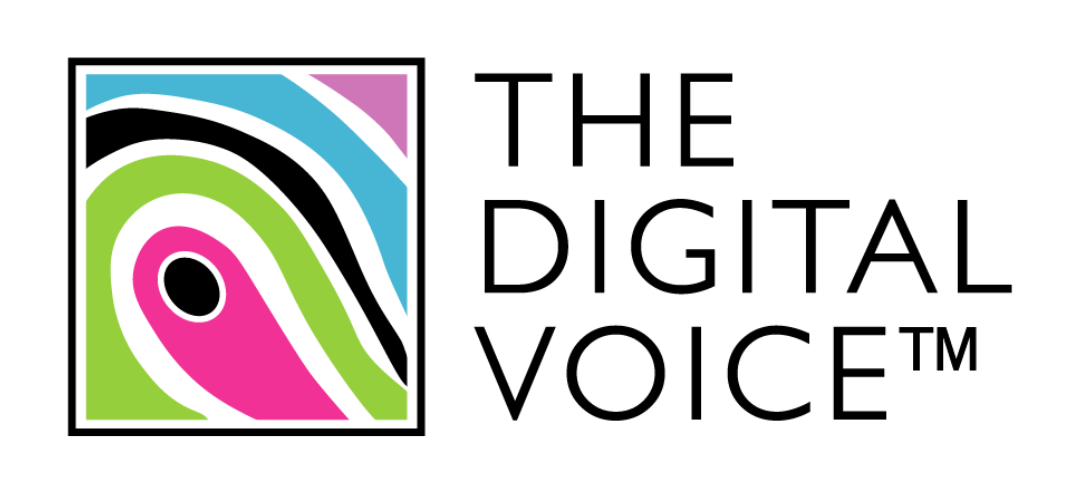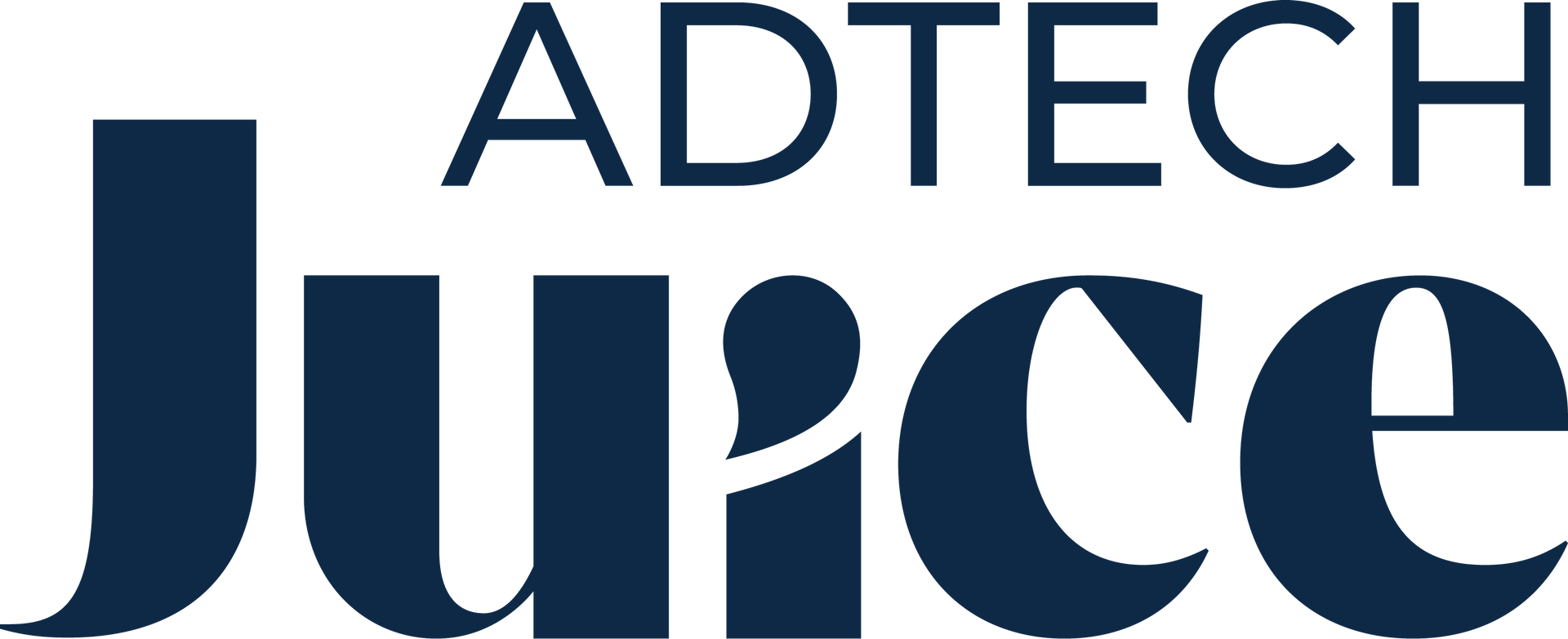Q&A: how trading efficiency and AI will drive the programmatic roadmap

Welcome James. What do you see as the key issues for programmatic right now?
JM: Supply chain optimization (SCO) has been with us for some time, and as such, there are many approaches that promote and enhance trading efficiency. For us at Limelight, we know through supporting hundreds of partners successfully, that having a clear strategy on SCO – with tools to support that – delivers results.
We think there needs to be a renewed focus on SCO, and specifically, trading efficiency. For ad networks, we’d define that as the ability to generate the strongest revenues possible with the supply and resources available. That has advantages for their demand relationships, as well as their publisher side commitments, and promotes better commercial outcomes. It also means operating in a greener way. All of these are key components of what makes the trading model financially successful.
QPS (queries per second) is generally considered the currency of programmatic trading, and that is a big part of this. Most large-scale DSPs (demand-side platforms) manage their overhead by managing out any underperforming QPS allocated to ad networks and ad exchanges. Essentially, as a supplier, ad network, or publisher, this means you need to maximize the impact of your allocated QPS through good results – or risk having the quota reduced.
Demand sources are more amenable to suppliers and supply-side partners who are not inhibited by limited volumes of QPS in the initial stages of any campaign or demand action. Ultimately, the ability to experiment to locate and secure the right impressions requires flexible QPS allocation. From the Limelight perspective, offering unlimited QPS, with no cost implications on the demand side, provides our partners with the ability to attract demand with scalable and flexible QPS allocation, making them more attractive as supply partners.
What is your take on AI and the role it has to play in programmatic?
JM: AI is already heavily influencing the direction in which programmatic is evolving. That said, AI is only as good as the people that the machine is learning from, and it’s still people that are the driving force behind good ideas – not the machine. It’s that ability to merge technology and human touch that will still be very important for programmatic trading efficiency. We call it “technology with a heartbeat.”
It’s also important to remember that our AI doesn’t control the supply you receive, and so a great deal of optimization occurs outside the influence of your machine learning. Our approach is to create tools that enable people to use AI to enhance their existing strengths, using their own ‘real intelligence’ to differentiate them from competitors. We provide them the means to better understand their supply chain – and what they’re sending their demand – and to enact change at a speed and scale they couldn't achieve as a human. It’s a potent and effective combination of technology and human power.
So, AI has a huge role to play, but it doesn’t allow for the bespoke elements needed to support a healthy and varied programmatic landscape. Ultimately, if everyone uses the same AI, there will be no creative ad networks doing innovative things in the future, because they are unable to communicate their uniqueness. There is no one-size-fits-all option, and nor should there be.
You mentioned the connection between efficiency and sustainability. Can you spell out the relationship between the two?
JM: While we adjust to and define our relationships with AI, and continue to adapt to the various challenges and opportunities around first-party data and consumer privacy, the industry also needs to maintain a consistent focus on sustainability. We ought to be finding ways to help one another do better, targeting efficiencies for environmental as well as economic motivations.
Allowing ad networks to optimize in real time – reducing the usage of server capacity, and in turn lowering carbon emissions – keeps green credentials rightly at the forefront, and again feeds into the reputational aspect of being an efficient and successful trader.
What’s new at Limelight?
JM: Our most recent development, which is in beta at the moment, is a ‘real intelligence’ engine driven by optimization rules, designed to empower our partners who include ad networks, exchanges, publishers, and SSPs (supply-side platforms), to be more efficient – while remaining true to their unique ideas, attributes, and values. In other words, we’re enabling them to combine ‘real intelligence’ – their own character and USPs – with AI to create a unique trading environment based on efficiency.
In essence, it is a toolkit that allows partners to automate actions that they would otherwise do manually on the platform. While in the past, they had to download, analyze, and extract data by hand, our optimization allows them to automate that process. That includes being able to set up specific time intervals and granular KPIs, such as increasing the volume of traffic being sent to a chosen advertiser, or even blocking traffic that isn’t performing well.
It’s at an exciting stage because, through initial testing, we are seeing different clients engage with it in totally different ways, and dreaming up highly efficient, optimized trading practices that we might never have considered. Not surprisingly, there is also a tangible and significant commercial upside emerging that is very exciting to our partners.
Also published in: The Drum



